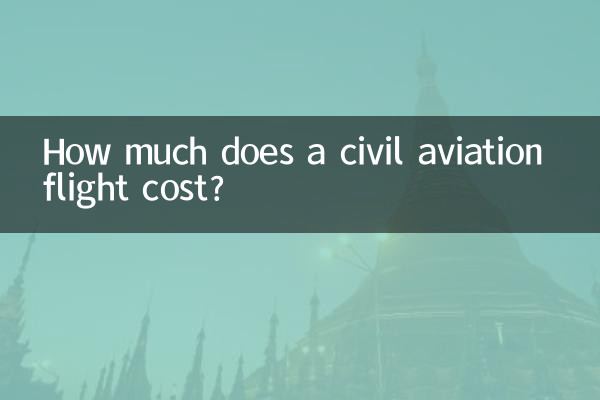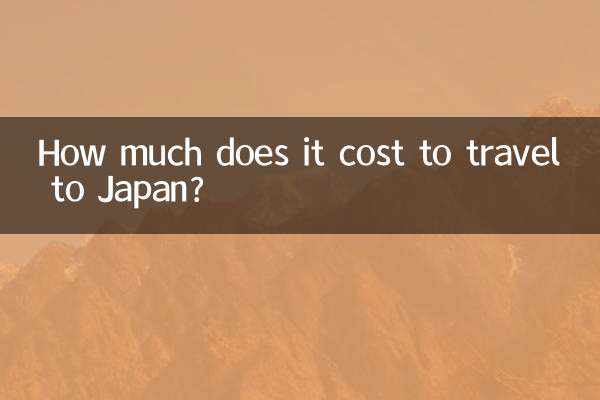How much does a civil aviation flight cost? Revealing the secrets of aircraft prices and market trends
In recent years, with the rapid development of the aviation industry, the price of civil aviation aircraft has become the focus of public attention. Whether it is an airline purchasing new aircraft or the second-hand aircraft trading market, price fluctuations are affected by many factors. This article will combine the hot topics and hot content in the past 10 days to analyze the price structure of civil aviation aircraft for you and provide structured data for reference.
1. Price of new aircraft: Brand and model determine the cost

The price of new aircraft varies greatly depending on brand, model and configuration. The following are the latest quotations for some popular models from mainstream civil aviation aircraft manufacturers (Boeing, Airbus) (data source: public market information):
| aircraft manufacturer | model | Base Price (USD) | Typical configuration price (USD) |
|---|---|---|---|
| boeing | 737 MAX 8 | 121 million | 135 million-150 million |
| boeing | 787-9 Dreamliner | 292 million | 310 million-340 million |
| airbus | A320neo | 110 million | 125 million-145 million |
| airbus | A350-900 | 317 million | 330 million-360 million |
It should be noted that the actual transaction price is usually lower than the listed price, and airlines can obtain discounts through bulk purchases or long-term cooperation.
2. Second-hand aircraft market: price is affected by the age and condition of the aircraft
Prices for used aircraft are more volatile, depending on age, flight hours, maintenance records and market supply and demand. The following is a reference price for recent second-hand aircraft transactions:
| model | Aircraft age (years) | Flight hours | Reference price (USD) |
|---|---|---|---|
| Boeing 737-800 | 10 | 30,000 | 25 million-35 million |
| Airbus A330-200 | 15 | 50,000 | 40 million-50 million |
| Boeing 777-300ER | 8 | 25,000 | 80 million-100 million |
3. Key factors affecting aircraft prices
1.fuel efficiency: New generation aircraft (such as Boeing 787 and Airbus A350) are more expensive than older models due to their superior fuel-saving performance. 2.Supply chain costs: Global supply chain issues could cause delays in aircraft manufacturing, pushing up the price of new planes. 3.Aviation industry recovery: Demand has rebounded after the epidemic, and the price of second-hand aircraft has recently increased by 10%-15%. 4.Policies and regulations: Environmental protection requirements (such as CORSIA carbon emission standards) have prompted airlines to prioritize the purchase of new aircraft models.
4. Future trends: The rise of electric aircraft and leasing models
According to industry reports in the past 10 days, electric aircraft research and development (such as Heart Aerospace’s ES-30) may subvert the traditional pricing model. In addition, the aircraft leasing market accounts for more than 40%, and flexible funding solutions have lowered the procurement threshold for airlines.
In summary, the price of commercial aircraft ranges from tens to hundreds of millions of dollars, depending on type, configuration and market conditions. Airlines need to comprehensively evaluate costs and benefits, while the secondary market and emerging technologies will continue to shape the industry landscape.

check the details

check the details